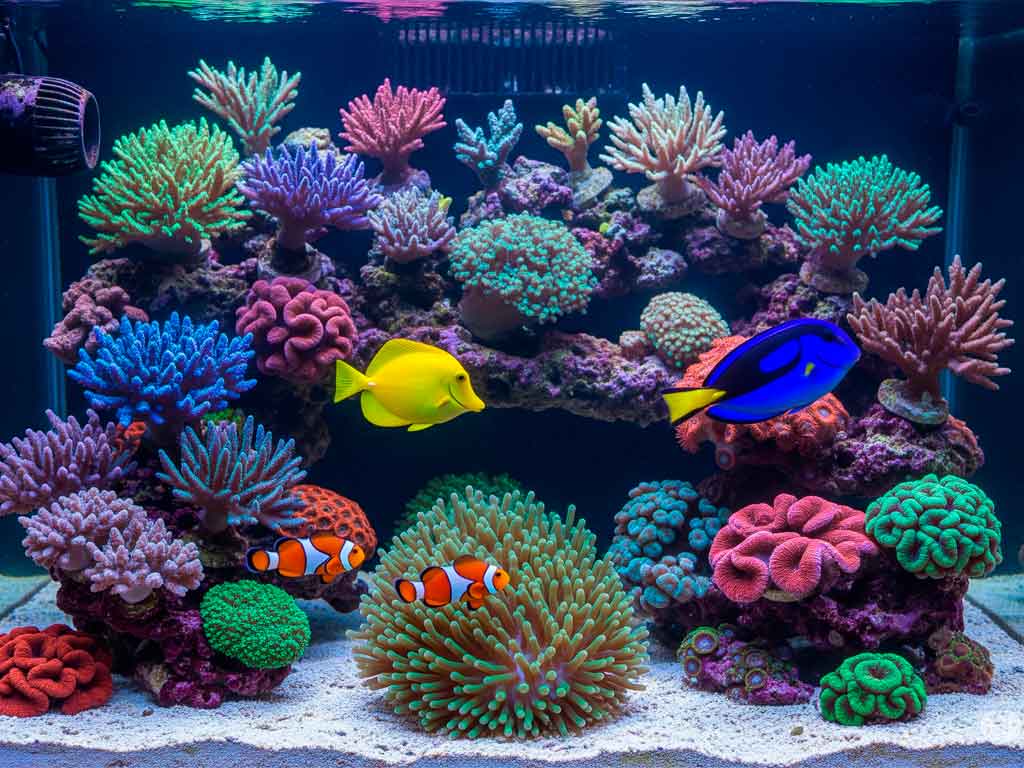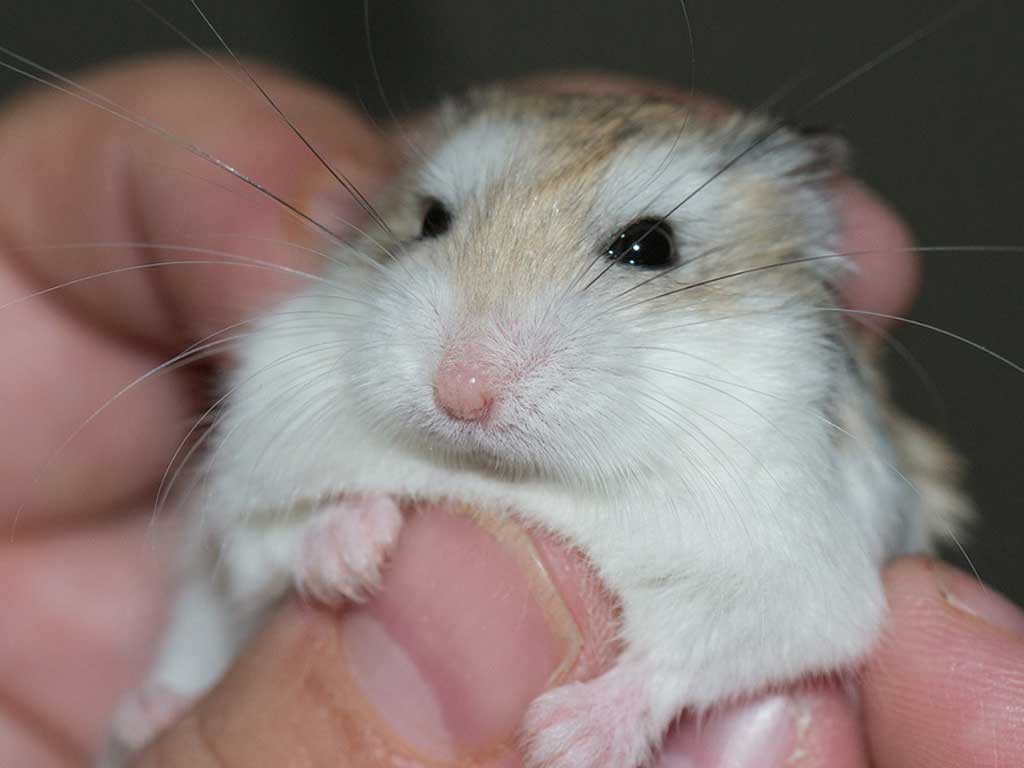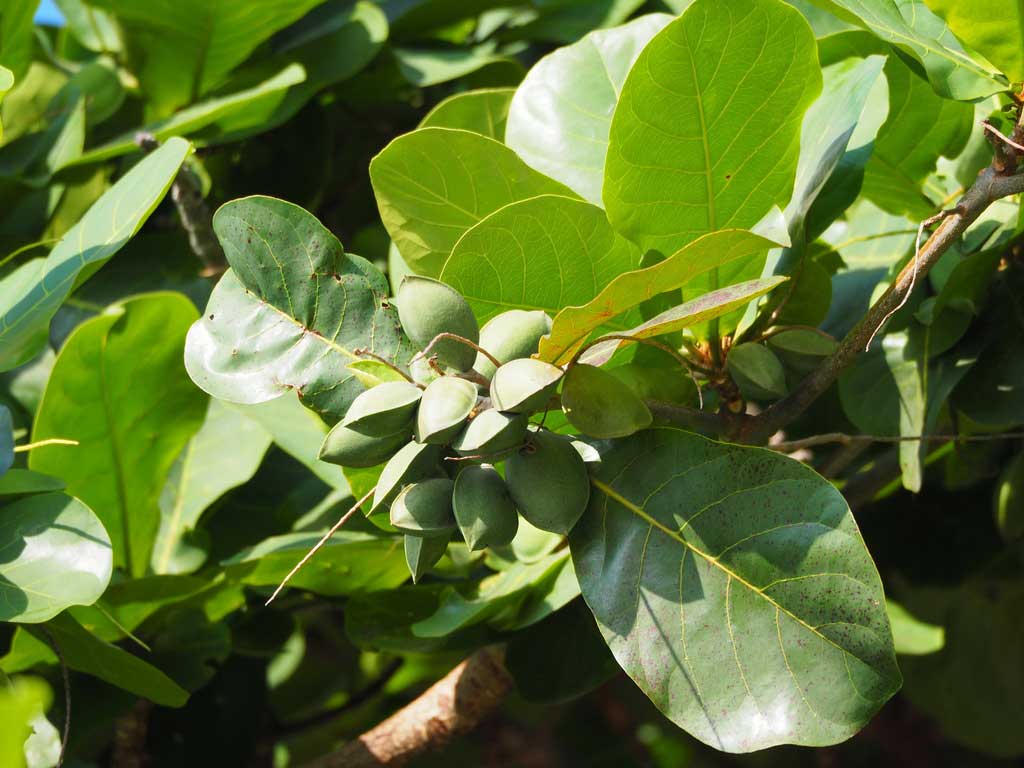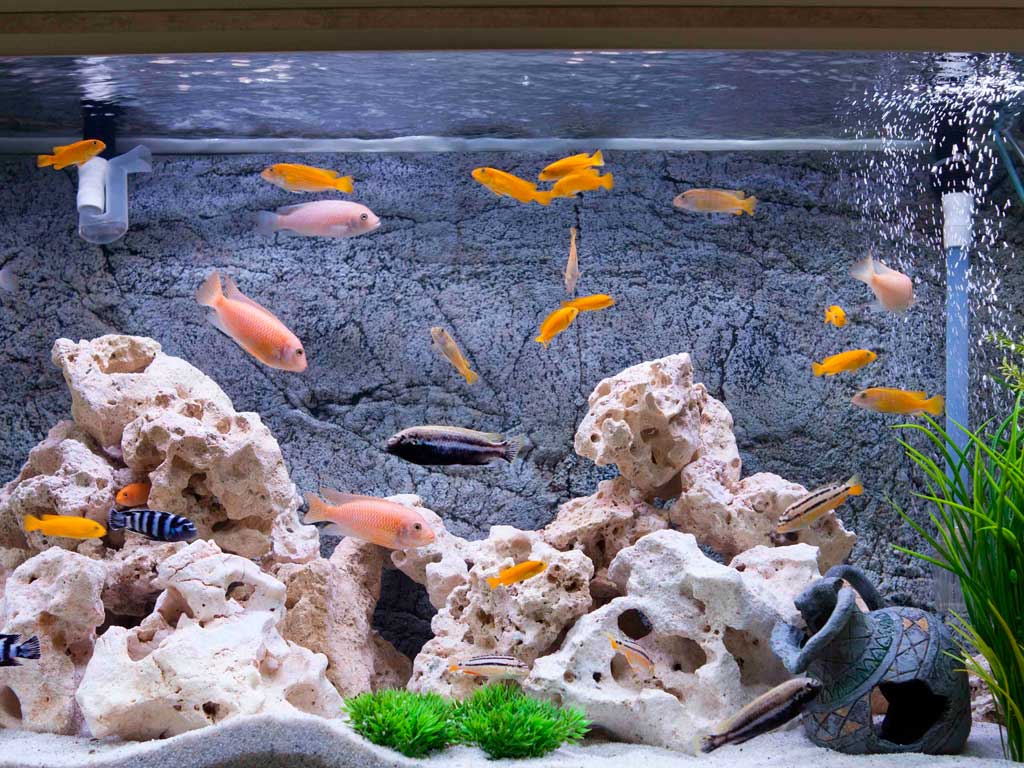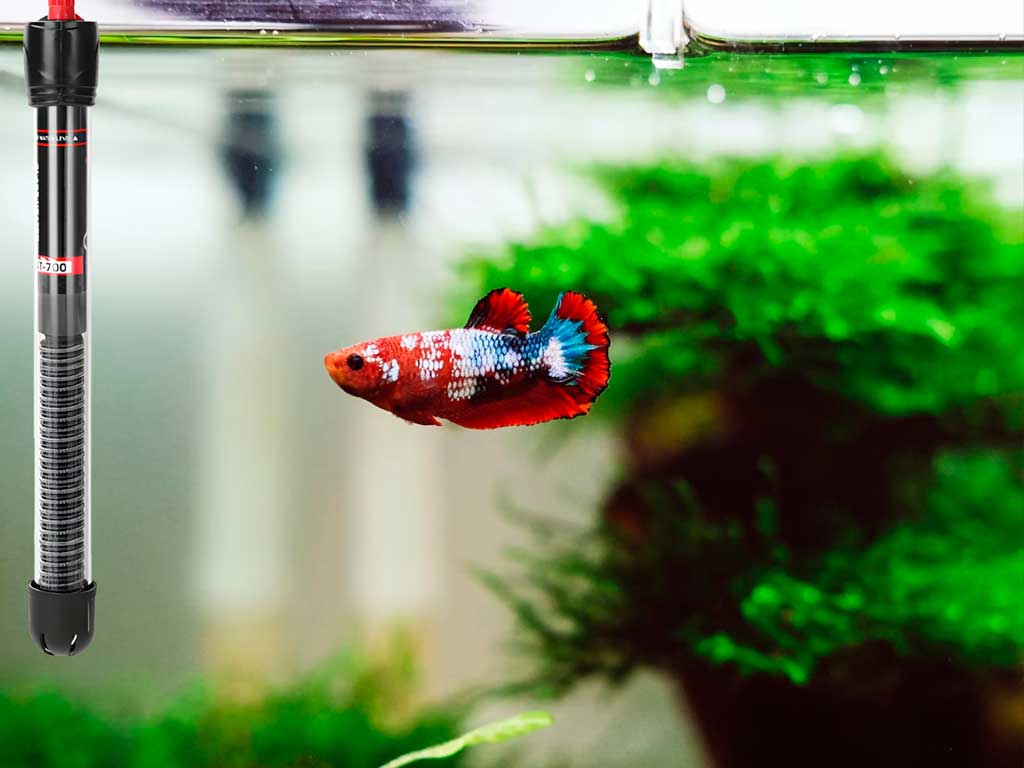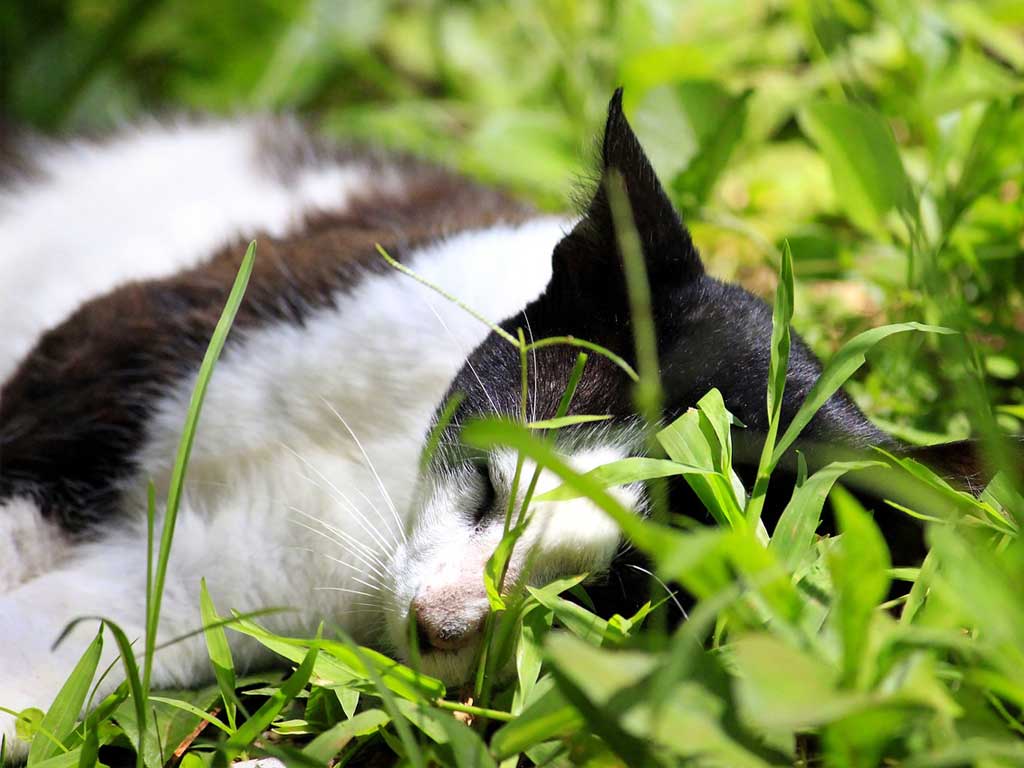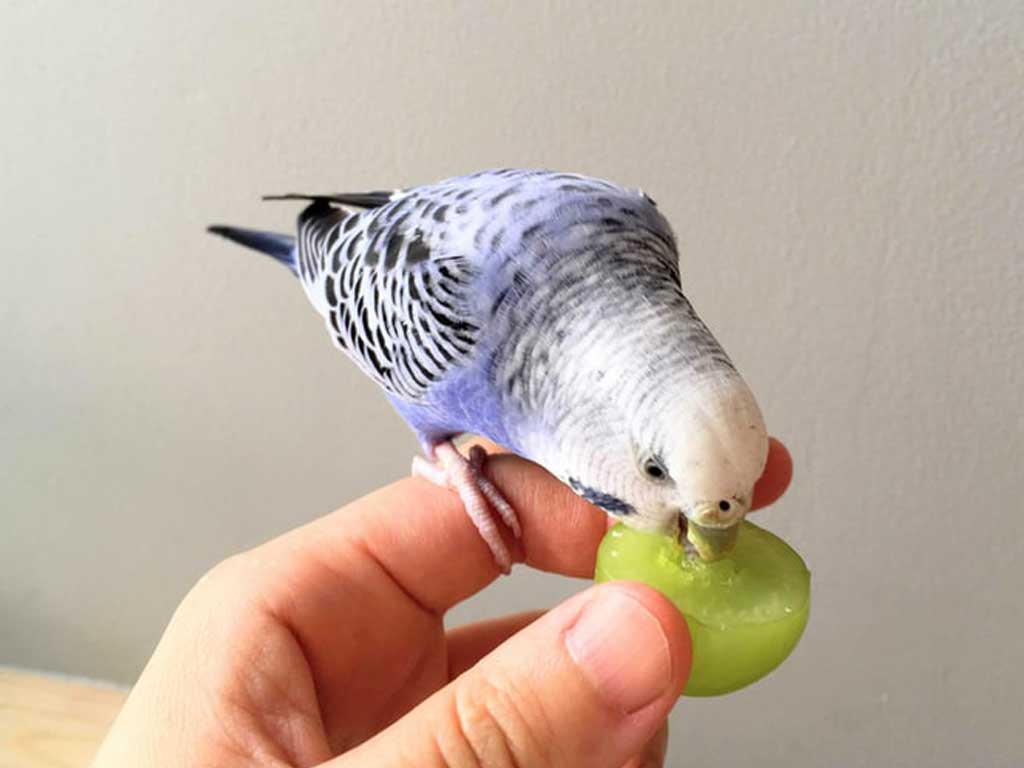Entering the world of marine aquariums is a fascinating experience, an opportunity to recreate a piece of the ocean in our own homes. However, when choosing the vibrant inhabitants for our reef, we face one of the most important and often overlooked decisions in the hobby: should we opt for captive-bred fish or wild-caught specimens? Though it may not seem like it, this choice has a profound impact not only on the likelihood of our aquarium’s success but also on the sustainability of the planet’s coral reefs. It is estimated that around 90% of commercially sold marine fish are wild-caught. In this complete guide, we will explore the differences, advantages, and challenges of both origins, and discover why the future of our hobby is increasingly a future bred at home.
The Reality of the Marine Aquarium: The Historical Dominance of Wild-Caught
For decades, the only way to have an Emperor Angelfish or a Yellow Tang in an aquarium was by capturing it directly from the reef. The immense complexity of the life cycle of most marine species made their reproduction in captivity an unattainable dream. This reliance on wild collection has been the engine of the industry, but it has also generated a constant debate about its ecological impact and long-term sustainability. Today, although wild collection remains the main source, a quiet revolution is underway thanks to aquaculture.
Captive Breeding: The Pioneers and Their Successes
The path to captive breeding began with species whose reproductive cycles presented fewer obstacles. These “pioneers” proved it was possible and paved the way for future advancements.
Seahorses and Clownfish: A Successful Start
It’s no coincidence that these two species were the first to be bred on a large scale. Their success is due to biological peculiarities that simplify the process:
- Clownfish (Amphiprion sp.): They lay adhesive eggs on a surface (in nature, the rock next to their anemone). This behavior is easily replicated in captivity using tiles or pots. The fry, upon hatching, are already developed enough to accept foods like rotifers or baby brine shrimp, bypassing the most complicated phase.
- Seahorses (Hippocampus sp.): The male incubates the eggs in a ventral pouch. At birth, the young are miniature replicas of the adults, fully formed and able to feed immediately, which greatly facilitates their rearing.
Other species like Pajama Cardinalfish (Sphaeramia nematoptera), which are mouthbrooders, and certain Gobies, also soon joined the list of successes for having relatively large and developed fry at birth.
The Great Obstacle: The Mysterious Planktonic Larva
If breeding clownfish is relatively straightforward, why has it been so difficult with tangs or angelfish? The answer lies in a life stage known as the planktonic larval phase.
The vast majority of reef fish are “pelagic spawners.” They release eggs and sperm into the water column, where fertilization occurs. The embryo develops into a tiny, almost microscopic larva that drifts with the ocean currents as part of the plankton. For weeks or even months, this larva must survive in the open sea, feeding on microorganisms, until it reaches sufficient size and maturity to settle on a reef. Replicating this complex journey in a tank—with its currents, microscopic food chain, and delicate balances—has been the greatest challenge for marine aquaculture.
The Aquaculture Revolution: A Future Bred at Home
Thanks to research and advanced techniques, breeders are beginning to overcome the planktonic larva hurdle. Using suspension systems, cultures of microalgae, rotifers, and zooplankton, pioneering companies around the world (from the United States and Hawaii to Southeast Asia) are succeeding in breeding species once considered impossible. The list of captive-bred marine fish grows every year and already includes:
- Surgeonfish/Tangs: Iconic species like the Yellow Tang (Zebrasoma flavescens) and the Blue Tang (Paracanthurus hepatus).
- Angelfish: An ever-growing range, from the Centropyge genus to larger species.
- Mandarinfish and Psychedelic Mandarins (Synchiropus sp.): A major success, as these are notoriously difficult fish to feed if they are wild-caught.
- Wrasses, Damselfish, Blennies, and Filefish.
- Progress is even being made with Triggerfish and Butterflyfish.
Captive-Bred vs. Wild-Caught: A Direct Comparison for the Aquarist
For the hobbyist, the choice between a captive-bred and a wild-caught fish has direct implications for the day-to-day life of their aquarium.
| Feature | Captive-Bred Fish | Wild-Caught Fish |
| Adaptation & Stress | Excellent. They were born and raised in an aquarium. They do not suffer stress from capture, transport, and acclimation from the ocean. | Variable to Poor. The capture process and long supply chain are extremely stressful, weakening the fish. |
| Feeding | Very Easy. They are accustomed from birth to eating commercial foods like pellets and flakes. | Difficult. They may refuse dry food and require live or frozen food to start eating, especially specialist species. |
| Health & Disease | Excellent. They come free of common ocean parasites and diseases. They are “clean” fish. | High Risk. They often carry internal or external parasites (Ich, Marine Velvet) that can infect the entire aquarium. |
| Environmental Impact | None or Positive. Reduces pressure on natural reefs and promotes a sustainable industry. | Potentially Negative. Depends on collection practices. Can contribute to overfishing and reef damage. |
| Cost & Availability | Higher (initially). The cost of breeding technology increases the price, though it drops as it becomes more common. | Lower & Greater Variety (currently). Generally more affordable and with a much wider range of species on offer. |
Beyond Fish: Corals and Invertebrates
In the world of corals, the situation is very different. Breeding by fragmentation (fragging) is extremely simple and efficient. Breaking a coral into several pieces to create new colonies is the norm, and today, the vast majority of corals we buy are aquacultured, which has created a much more sustainable and diverse hobby. Progress is also being made in breeding crustaceans, such as the popular cleaner shrimp (Lysmata amboinensis).
The choice is clear: whenever possible, opting for a captive-bred marine fish is the smartest and most responsible decision. A captive-bred fish not only offers us a much smoother transition and a higher probability of success thanks to its hardiness and ease of feeding, but it also makes us part of the solution. By supporting aquaculture, we are investing in a future where the beauty of our aquariums does not compromise the health of the oceans. The next time you visit your local store, ask for the captive-bred specimens. You will be choosing a stronger fish for your tank and a brighter future for the hobby.
FAQs
Are captive-bred fish always more expensive than wild-caught ones?
Initially, yes, especially for species whose breeding is more recent and complex. However, established species like captive-bred Clownfish often have a price equal to or even lower than wild-caught ones, and this trend is expected to continue with other species.
Is a captive-bred fish really hardier than a wild one?
Yes, significantly. A captive-bred fish has not suffered the traumatic stress of capture and transport from the reef. Furthermore, it is accustomed to the aquarium environment and commercial food, which eliminates the two main causes of death in newly introduced fish.
Why can’t all marine fish be bred in captivity yet?
The main obstacle is the planktonic larval stage of many species. Recreating open ocean conditions and feeding microscopic larvae for weeks remains a technical and costly challenge for many species.
Does buying wild-caught fish always harm the reef?
Not necessarily. There are sustainable and certified collection networks that operate with good practices. The problem is that, as a consumer, it is very difficult to know for certain the origin and capture method of a wild fish.
How can I tell if a fish in the store is captive-bred or wild-caught?
The best way is to ask the store staff directly. Responsible retailers usually indicate the origin of their animals. Additionally, captive-bred fish are often juveniles, display perfect colors without any blemishes, and will often eat dry food in the store without hesitation.

